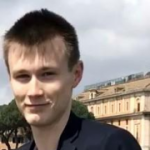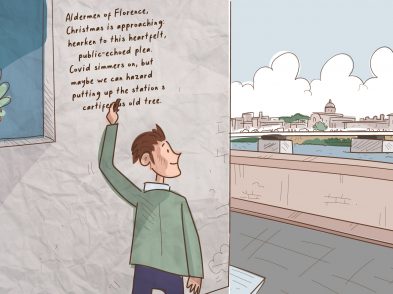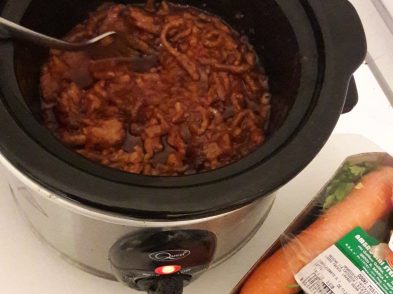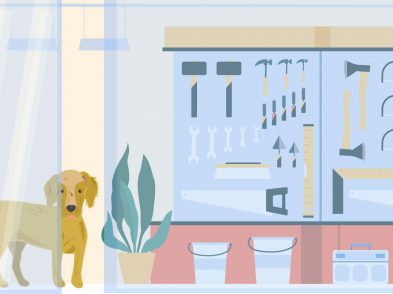Cortona On The Move is not quite what you would expect to find in a gorgeous if geriatric Etruscan hilltown near Arezzo. Archaeological museums, yes, palazzi looking out over the shimmering Val di Chiana, certainly. You would bet against finding Italy’s biggest photography festival. Yet that is exactly what Cortona hosts every summer.
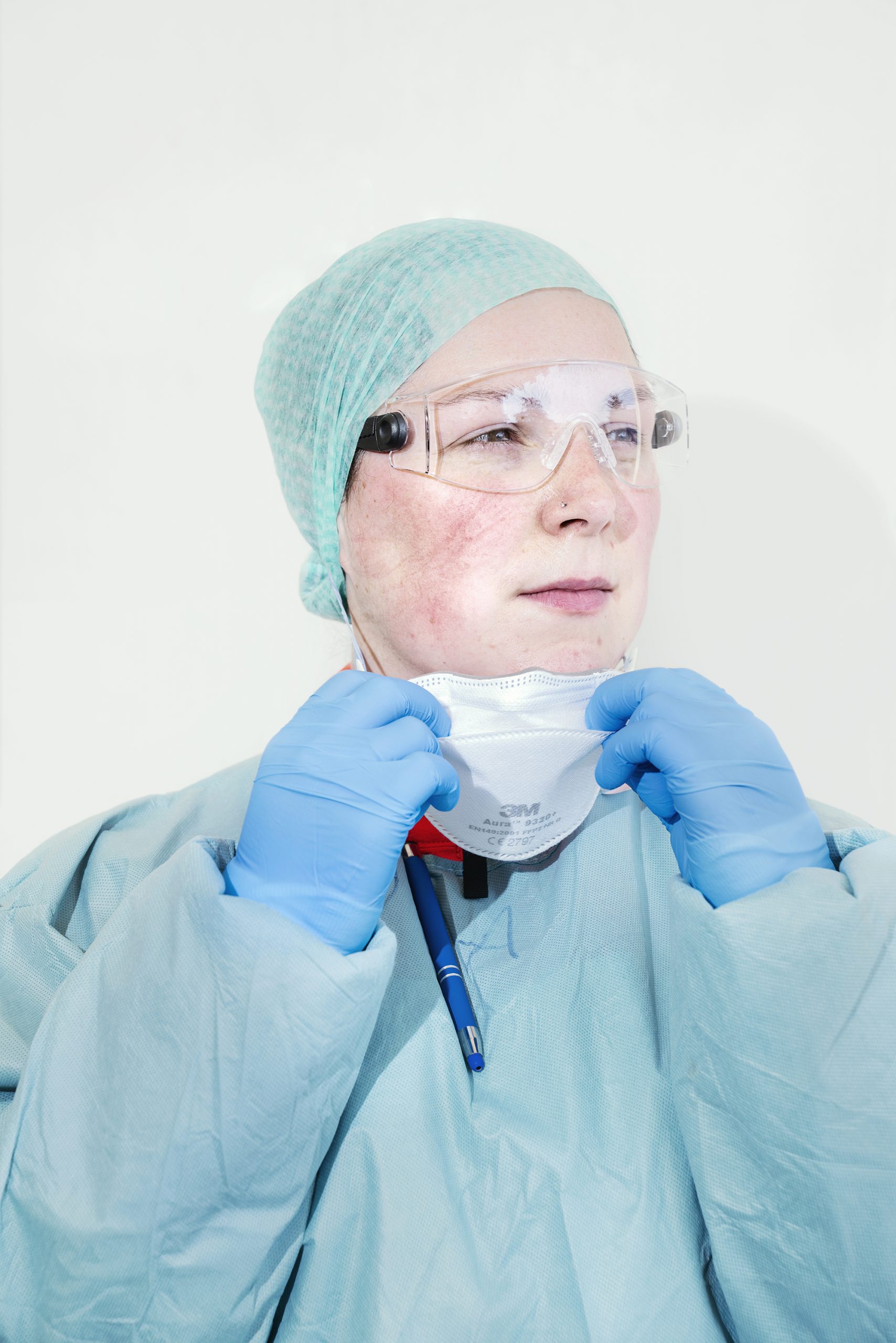
From the series “The Life and Death Shift”
© Andrea Frazzetta
Its storied buildings, especially the Medici Girifalco fortress, become gillpacked with photographic and video material from exhibitions Italian and international. But, as we know, no event is Covid-proof. Some cancelled early on, some buried their heads in the sand and pretended nothing was wrong; Cortona On The Move decided to roll with the storm and join the thousands going virtual. It made sense that a now almost wholly digital art—photography—be digitised.
The Covid-19 Visual Project was born, an ever-expanding virtual exhibition that chronicles life in the time of Coronavirus; and Cortona On The Move commissioned photographers to contribute towards its “chapters”, eight and counting. Italy centres the project, which starts with Alex Majoli’s Covid on Scene, a harrowing journey in black-and-white from Sicily to the Slovenian border. Shrouded in chiaroscuro, Majoli’s pictures show the crudeness of what much of Italy had to resort to: a train compartment is roped off by a desperate tangle of tape, while movement between Italy and Slovenia is barred by a line of massive boulders across a mountain road. It looks like something from Rome’s expansionist campaigns of 2,000 years ago. But then, through Majoli’s lens, we do see Italy as a warzone.
Modern technology, when it appears, is of cold comfort. After Majoli’s noirish scenes, Jérôme Sessini offers a welcome wash of colour in the ochre walls and lilac medical gowns of a field hospital in north-east France. But he also offers an unsettling vision of humanity’s reliance on technology. So many intensive care patients are dwarfed by their whirring beds, while medusal tubes pump them with oxygen. It’s the medics, bending over the patients in their care, who give the pictures their humanity, and prove that science alone saves nobody (but it damn well helps).
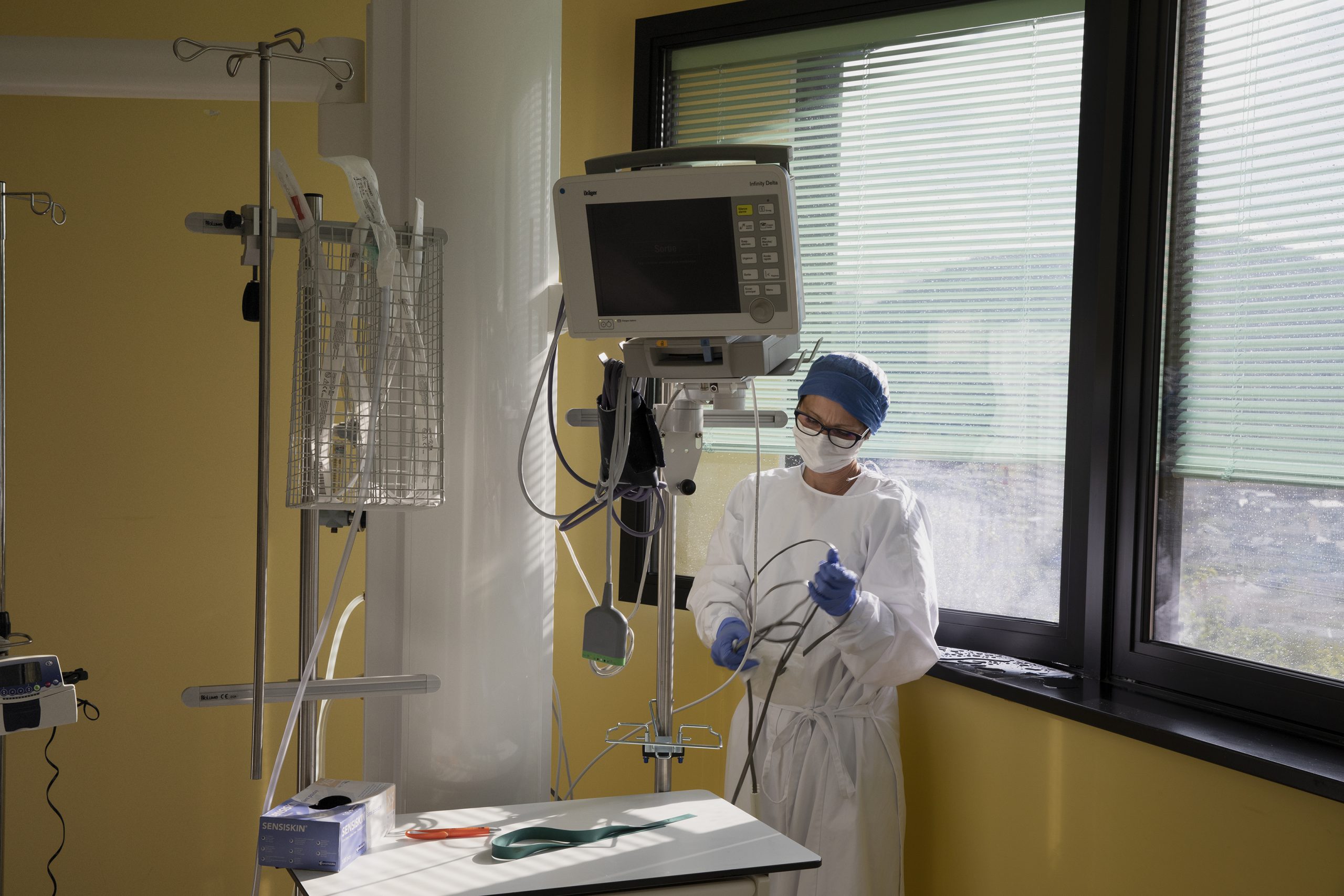
© Jérôme Sessini/Magnum Photos
A nursing assistant disinfects a room that has just been occupied by a patient with COVID 19.
The Grand-Est region is one of the areas most affected by the pandemic.
The next section, indeed, is devoted solely to portraits of doctors, nurses, paramedics and physicians, the people who have held the world together these recent months. Clicking on these photos tells you something about the sitter, in their own words. Roberta Terzi, 66, is soon to retire from the Infectious Disease Unit at Ospedale Luigi Sacco, Milan. “But I went for a walk in the hospital’s garden,” she says, “and took in the smell of it, and I said to myself: ‘Do you really want to go into retirement? On a day like this, where would you rather be?’ And the answer is, I want to be here, at the side of the patients.”
Subsequent chapters take us across the globe, from Barcelona to Hyderabad. An empty motorway in India is an eerie sight indeed. Edoardo Delille’s section Silenzio captures our very own Florence and the burning white stone of the empty piazzas. Taking his photos from a bit of elevation, he manages to defamiliarize a city we thought we knew well. There’s something of the alien spaceship about the Baptistery, as though it had just been airdropped into the vacant piazza del Duomo.
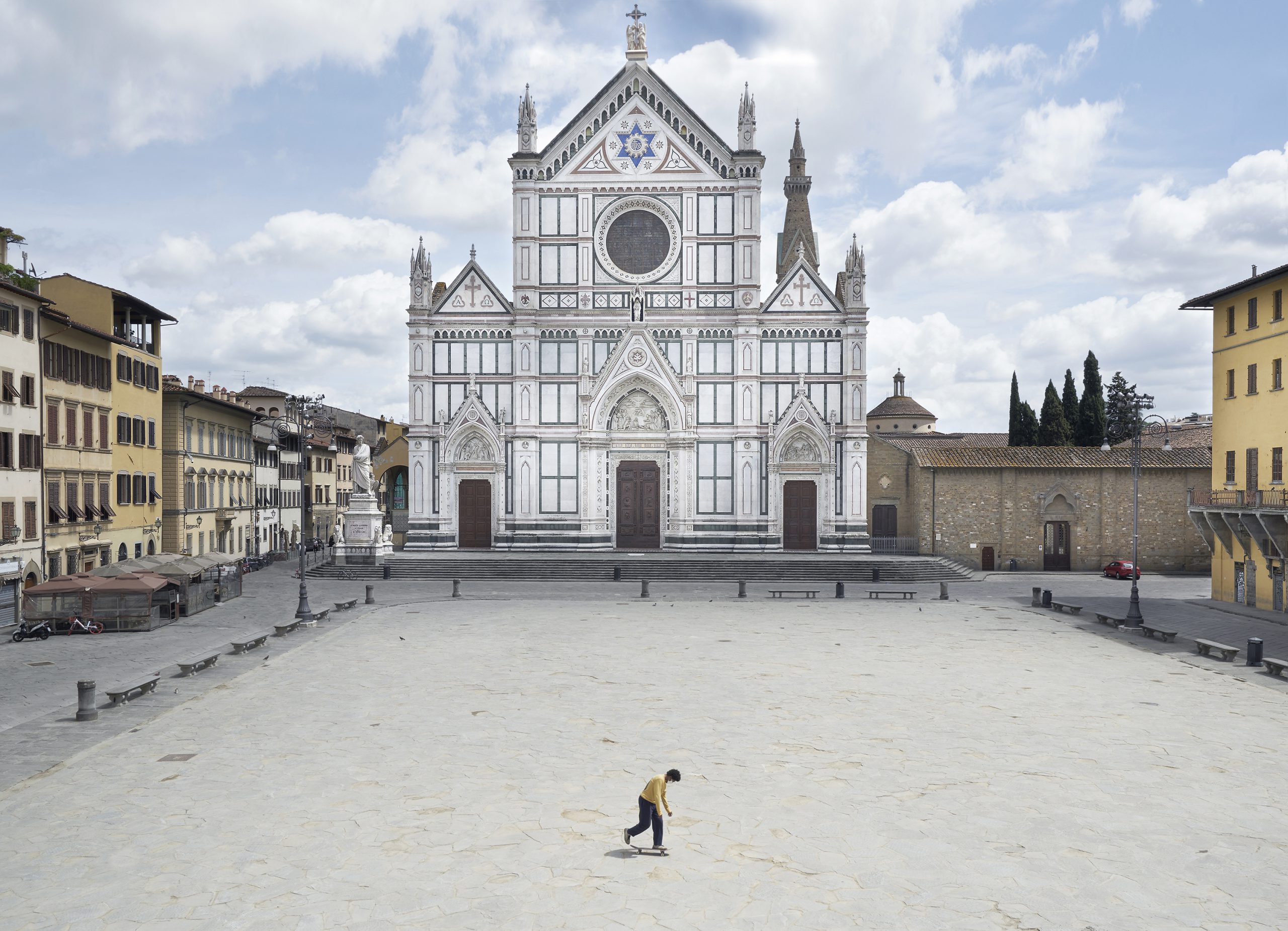
From the series “Silenzio”
© Edoardo Delille
The Covid-19 Virtual Project does not stop at the blank streets, though; it looks behind the walls, into the places where quarantine really happens. There’s a lot to cheer: families making the best of it, smiling wryly. But there is no suggestion that everyone is lucky enough to be surrounded by love. Gaia Squarci’s Natalia gives us a small insight into the other pandemic, the domestic violence that lockdown has unleashed upon so many. Natalia, a Dominican woman living in New York, tells her story over the phone and reminds us of a critical truth. “Sometimes when we talk about domestic violence,” she says, “we think only of the physical, not the emotional blow… the little one [her four-year-old daughter] is now seeing realities that I used to be able to shield her from.” Nevertheless, “it’s made me realise how strong I am.”
The Covid-19 Virtual Project is as much a humanitarian mission as a photography event. As such, it involves anyone who wants to respond to its open call for photo essays and video stories, no deadline. With Coronavirus, we may well be in for the long haul, but at least Cortona On The Move will move with us. The online exhibition, states the press pack, “will continue to be updated until a vaccine for Covid-19 is found”.

